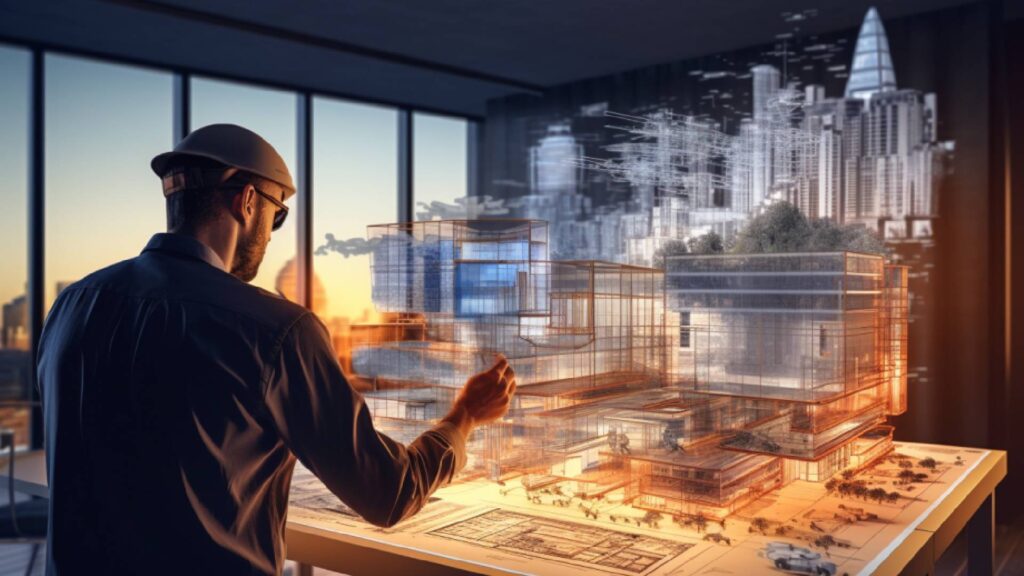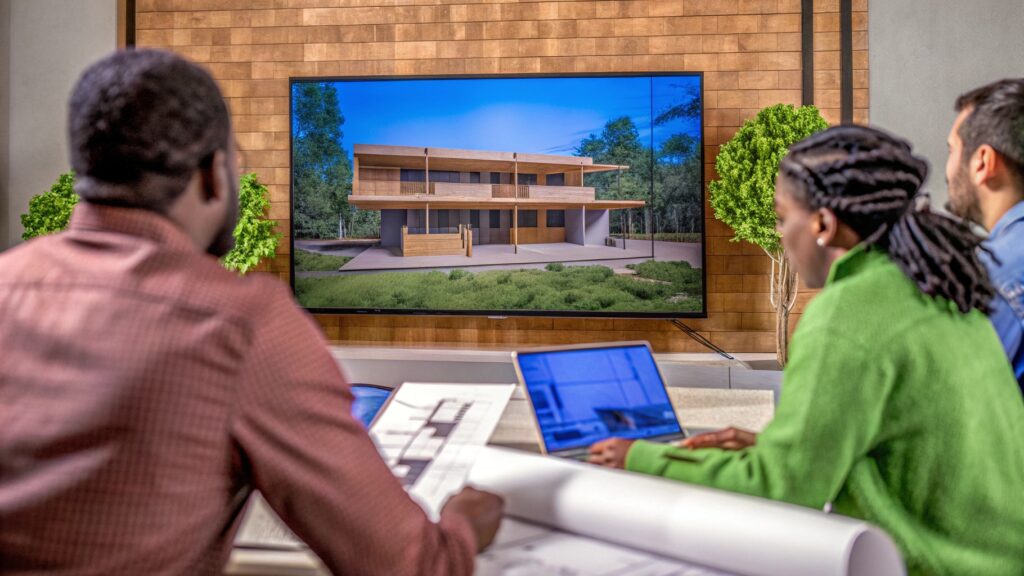A Guide to Augmented Reality in Architectural Scale Modeling

Technology continues to play a pivotal role in shaping the future of the AEC sector. Modern architectural techniques have used Augmented Reality (AR), one of the most well-known and innovative technologies. This powerful technology overlays digital content on the real environment and is now revolutionising how Architecture Scale Models are used in practice. The blog post below will explore the tools, methods, and advantages of this cutting-edge approach as it delves into the fascinating world of developing augmented reality experiences for architectural scale models.
How AI is Revolutionizing 3D Modeling for VR/AR

Virtual and augmented reality have enormous potential to change how we interact with digital environments, from gaming to design. But up until recently, creating creative VR/AR worlds has required complex 3D modelling craftsmanship.
Let’s examine how this new technology functions and how it could influence immersive computing in various sectors in the future, especially in markets like AR Integrated Solutions Singapore.
Why 3D Modeling Is Important In Architecture Presentations

The utilization of 3D Model Architecture has become vital for effective professional design presentation purposes. It improves how architects communicate, helps clients engage with the design, and supports better outcomes during construction. From marketing advantages to clearer design intent, 3D modeling plays a key role in modern architecture.
How Does 3D Modeling in Architecture Create Immersive Design Experiences?

With 3D modeling, architects can create comprehensive virtual replicas of actual spaces with specific details. The architectural models include both lighting elements, textures and materials, and structural features. A 3D Model Architecture avoids traditional drawing methods by delivering interactive visual space representations of the final construction outcome to clients.

